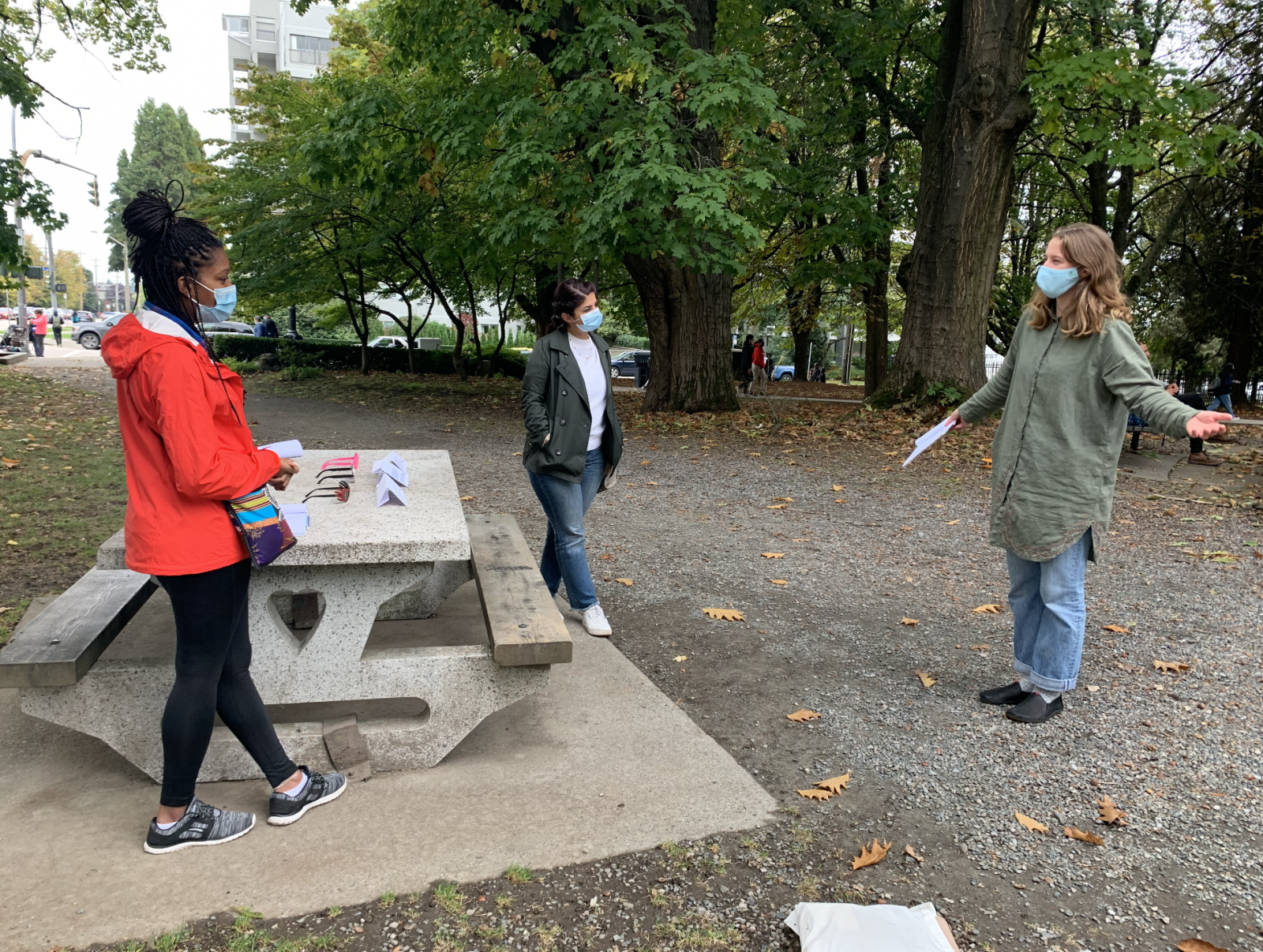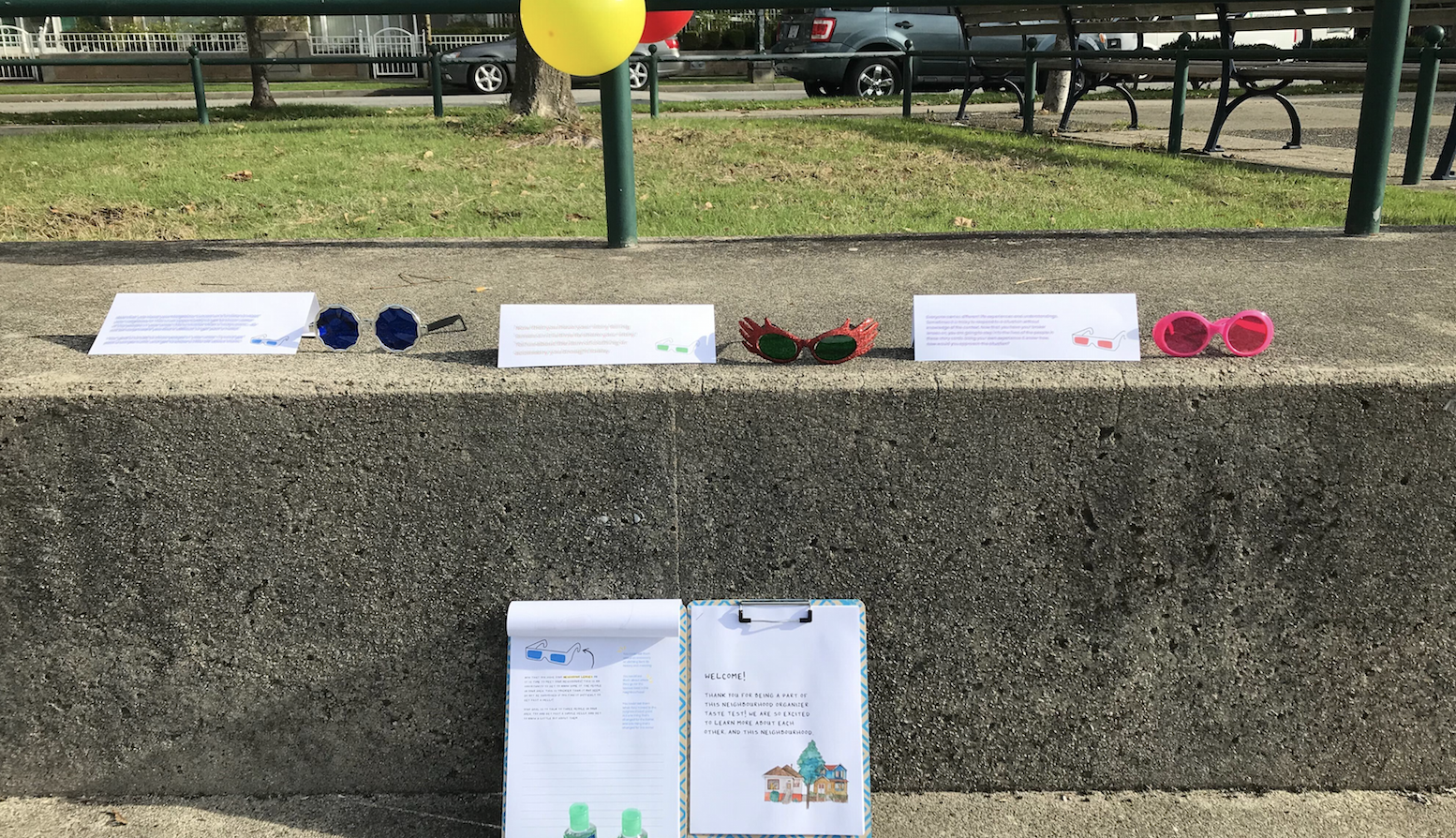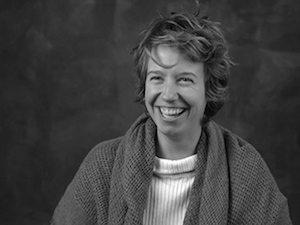Categories
Fostering online connection
Our Kudoz team is made-up of curators, coaches, and tasters: three roles designed to catalyze connection, spark reflection and enable change. Where curators and tasters engage community members and confront stigma, coaches engage with folks with disabilities and confront barriers to change. Nearly all of our curation and coaching was face-to-face, so when Covid-19 hit, we rapidly pivoted, re-designing coaching interactions in online spaces. One upside has been nurturing group interactions alongside 1:1 motivational coaching.
Coaches Corner has become a weekly connection point for folks to discuss topics like anxiety, social connection, mindfulness and empathy. It’s an opportunity to build strategies and tackle roadblocks towards change. It has also become a place where folks come to connect with each other and feel a sense of belonging. Last week, a regular participant said:
“I really like Coaches Corner. This is my favourite time of the week. It really helps me. After Coaches Corner, I feel less stressed and it reduces my anxiety. We all need to be supportive of each other and it’s great to have that here.”
Coaches Corner uses film, guest speakers, exercises and visual materials to prompt reflection and conversation. A couple of weeks ago, we had the opportunity to reflect together on the film, The Reason I Jump. The film follows a young Japanese boy on a journey through an epic landscape where he gradually discovers what his autism means to him. People had lots to say about the film and described it as “emotional, impressive, profound, breathtaking and fascinating.”
The coaches have been taking a course, The Neuroscience of Change, and were able to apply some of the strategies learned in last week’s Coaches Corner. We focused on our bodies and discussed self-awareness and how we can actively seek to listen to our bodies and minds. Through role play with a coach and small group discussions, we practiced watching for the different sensations we feel in our bodies when we are in discomfort compared to when we feel happy and relaxed.
Stay tuned as we keep exploring ways to prompt deeper, more reflective, and peer-to-peer conversations online — around everything from communication in relationships to breathing techniques to goal setting and more.
Fostering place-based connection
At the same time as we’ve been prototyping digital spaces for connection, we’ve been prototyping ways to engender more localized spaces for connection.
Take a moment to think about the connections in your life. Look around you: who are the people that share the space with you? Now zoom out: how would you describe home, is it where you are currently situated or does home require you to travel a far distance? Is it a place where you feel you can be you? Or where you have to hide you?
Now that you have started to imagine home what does it look like, smell like and taste like?
Alongside posAbilities, we are using this pandemic era to prototype service by postal code and a new role called the Neighbourhood Organizer. Together with artists and other neighbours we are showcasing residents’ answers to these questions. By exploring identity and people’s complicated relationships to place, we are trying to find creative ways to bust the barriers and boundaries that keep people with and without disabilities excluded from their local community.

Ever since the institutions closed, folks with disabilities have been living in community. After all, that’s why its called the community living sector. But, how many folks with disabilities are really living as part of community, encircled by neighbours? And when you think about it, how many of us feel really part of our own community? Do we know our neighbours by name? Do we know the history of our neighbourhood? Do we know the land we are on? Do we celebrate our differences — or just feel scared and annoyed by them?
Covid-19 really brought these questions to the forefront. Stuck in our homes, and removed from our usual routines, our neighbourhoods became more important than ever, really shaping our well-being. Lots of neighbourhoods rallied together: residents checked-in on older residents, delivered supplies to one another, held impromptu concerts on their balconies, and more. But lots of people also got lost and remained marginalized, including too many folks with disabilities, whose worlds shrunk in size.
Enter this new neighbourhood organizer role. In March, we started asking: what would it look like if services were organized by postal code? What if we created the conditions for neighbours to get to know each other, and to get to know the ground they are on? What if we could enable people to connect around shared histories, niche interests, and curiosities? And so we started by curating small interactions: inviting neighbors to add to a local chalk mural; dropping off kits to paint rocks and leave them in the local park; running a local tree scavenger hunt; organizing story swaps. The goal isn’t to run activities so much as to try and spark deeper relationships between people and place. Stay tuned.

